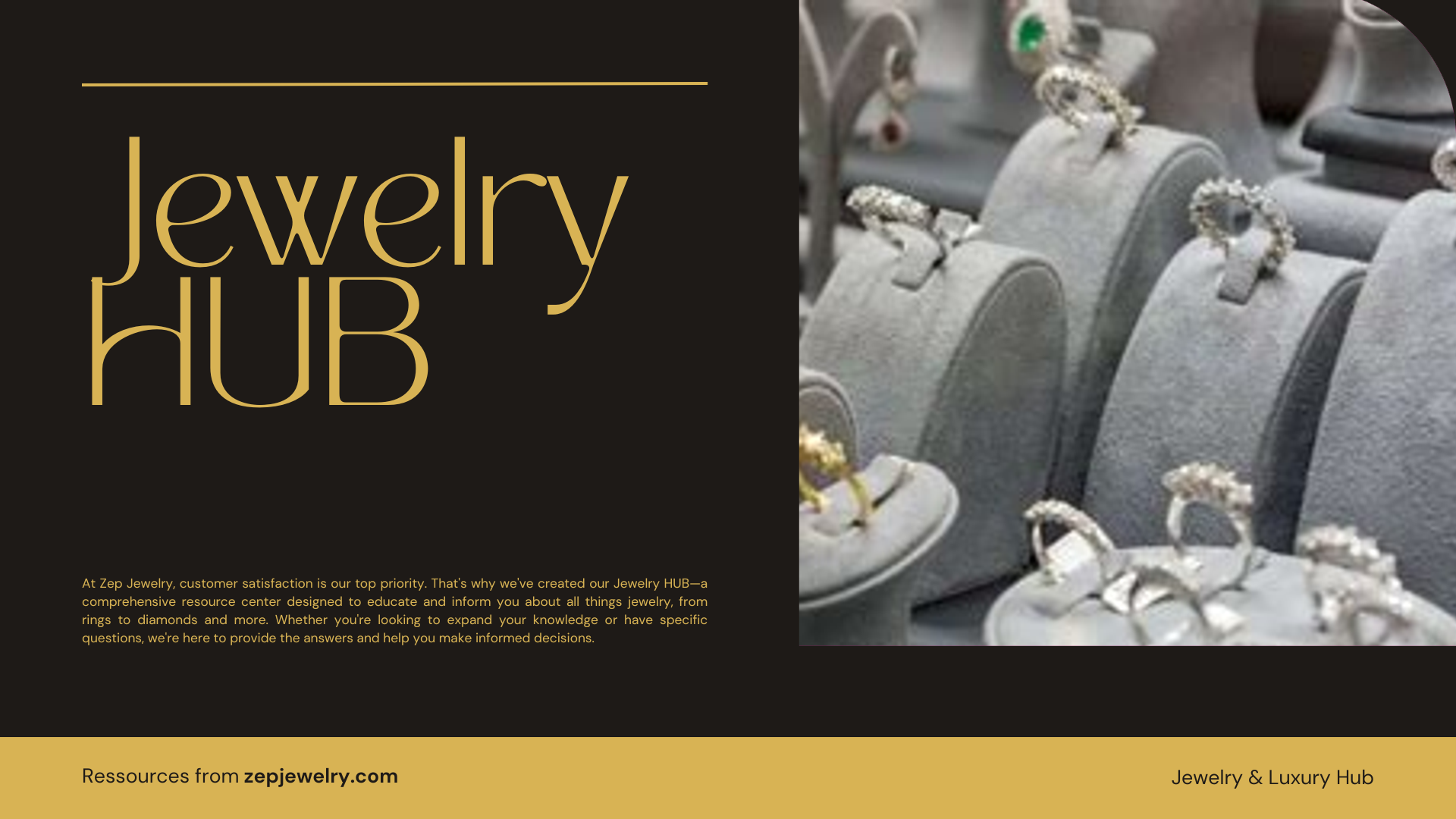Have you ever noticed how a simple necklace can transform an outfit, or how a pair of earrings can ignite a spark of confidence? Jewelry is so much more than just adornment; it’s a vibrant language of self-expression that speaks volumes about who we are. Each piece tells a story, blending personal style with individual personality, often revealing emotions and cultural heritage in a way that clothing simply cannot. From the glimmer of a birthstone to the allure of a handcrafted bracelet, jewelry is an intimate form of wearable art that connects us to our identity and boosts our self-assurance.
Why is jewelry considered an expression of personal style and personality?
Why is jewelry considered an expression of personal style and personality?
Jewelry acts as a captivating form of wearable art, allowing individuals to express their unique tastes and inner selves in ways that clothing alone often cannot. Each piece carries the potential to reflect intricate designs that showcase a person’s specific preferences, cultural background, or even their current mood. For many, the act of selecting certain styles—be it delicate rings that whisper elegance or chunky necklaces that shout confidence—serves as a powerful affirmation of identity. This personal curation of accessories not only complements their outfits but also adds layers of individuality, transforming pieces of jewelry into storytelling elements of self-expression.
Consider how a simple pair of vintage earrings can evoke nostalgia or a vibrant, bold ring might resonate with a carefree attitude. The beauty of jewelry lies in its versatility; it allows for dynamic shifts in one’s expression based on the occasion, feelings, or even personal growth. Whether layering delicate chains for an intricate visual or making a bold statement with oversized pieces, each choice speaks volumes about who you are and how you choose to navigate the world around you. Jewelry, therefore, becomes not just an accessory but a deeply personal narrative, echoing the stories, memories, and aspirations that define your individuality.
How does jewelry contribute to improved self-confidence?
The right jewelry can indeed play a transformative role in enhancing self-confidence, not only by elevating one’s outfit but also by positively influencing the wearer’s overall demeanor. Many individuals find that adorning themselves with beautiful pieces creates a noticeable shift in how they perceive themselves and how they are perceived by others. For instance, a stunning statement necklace may draw compliments and attention, while delicate earrings can accentuate facial features, creating an aura of elegance.
This confidence boost is akin to wearing a favorite outfit that feels completely “you” – it’s that spark of joy and assurance that radiates from within. When you feel good in what you’re wearing, it often translates to a more vibrant attitude and assertiveness in social situations. Jewelry serves as a form of self-expression, reflecting personal taste and creativity, which can empower someone to embrace their individuality more fully.
Moreover, it’s interesting to note that jewelry is often tied to significant life events or achievements, such as a graduation gift or an anniversary piece, adding layers of emotional connection that further enhance its impact on self-esteem. Each piece tells a story and holds memories, and wearing them can remind the individual of their capabilities and resilience. So, the next time you’re slipping on that cherished bracelet or glamorous ring, remember that it’s more than just an accessory – it’s your little piece of armor that helps you feel fabulously confident and ready to take on the world!
In what ways can jewelry be viewed as an investment?
Jewelry, particularly pieces made of precious metals and gemstones, can often appreciate in value over time. Unlike clothing, which may quickly come in and go out of style, high-quality jewelry tends to maintain or increase its worth. This makes it not only a means of personal expression but also a smart financial choice, allowing it to be passed down through generations as a symbol of heritage and value.
What emotional significance does jewelry hold for individuals?
Jewelry frequently carries deep emotional connections, representing memories, milestones, and relationships. Whether it’s an heirloom passed down through family generations or a piece received as a gift, every item often encapsulates a story or sentiment. For many women, wearing specific pieces can be a way of keeping loved ones close or commemorating significant life events, making jewelry a tangible manifestation of emotions and memories.
How does wearing jewelry help to enhance creative expression?
Fashioning jewelry offers a unique opportunity for creativity and self-expression. By mixing and matching various styles, colors, and metals, individuals can reflect their personalities more vividly. Jewelry acts as an artistic outlet, allowing women to play with textures and designs, ultimately letting them curate a visual representation of their identity through their adornments.
In what ways does jewelry indicate social status or success?
Historically, jewelry has often served as a symbol of wealth and social standing. Although jewelry functions largely for personal expression today, it still embodies a sense of success in many contexts. Wearing high-quality or designer jewelry can signal prestige and achievement, making it not only an accessory but also a marker of personal accomplishments and socio-economic status.
How can jewelry act as a meaningful gift?
Jewelry is frequently regarded as a thoughtful and cherished gift for various occasions. It conveys appreciation and thoughtfulness, making it a perfect choice for celebrating significant moments such as anniversaries, birthdays, or graduations. A well-chosen piece can be a lasting reminder of the relationship and the occasion, holding sentimental value that grows over the years and contributes to a meaningful connection between the giver and the recipient.
